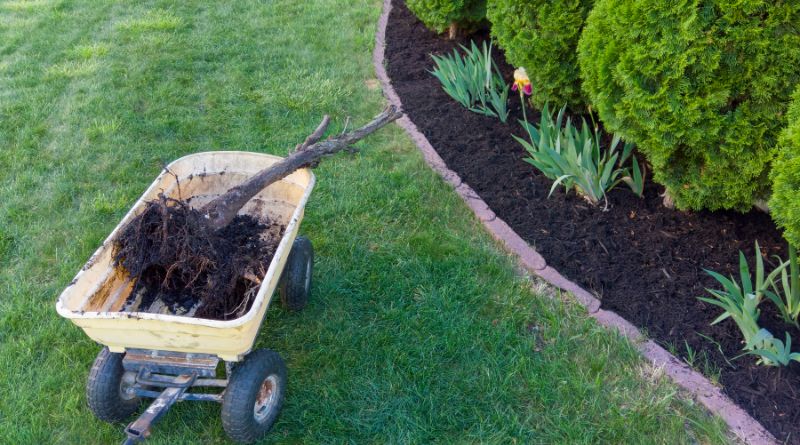An Overview of Seasonal Tree Care: Getting Ready for Spring and Beyond
As winter’s last vestiges recede and spring’s vibrant hues promise new life, diligent tree care becomes paramount for nature enthusiasts and homeowners alike. The shift of seasons is a crucial period where trees demand attention to recover from winter’s harshness and brace for spring’s growth spurts. This guide intends to deliver practical knowledge on how to care for these majestic natural entities.
Table of Contents
Assessing Your Trees After Winter
Homeowners should conduct a thorough tree inspection after winter, checking for frosts, structural damage, and vulnerabilities caused by seasonal adversities. Addressing these promptly can prevent further issues. When pruning, use a targeted approach, removing only limbs that could impede growth or predispose the tree to diseases. Professional arborists with the right tools and knowledge are recommended for larger branches. To learn more about assessing trees after winter, visit this link: Winter Springs tree service, which emphasizes habitat-appropriate practices instrumental to tree health.
Soil Health and Tree Nutrition as Spring Approaches
Tree health is influenced by the soil quality in which it grows. Post-winter soil needs nutrient replenishment to compensate for snow and rain. Compost can improve the soil’s organic profile, providing essential nutrients for tree rejuvenation. Fertilizers can be beneficial but must be applied judiciously. Layering natural mulch protects soil from extreme temperatures, suppresses weed growth, conserves moisture, and gradually breaks down, creating an eco-friendly cycle of nourishment for trees.
Hydration and Water Management
Water forms the river of life for trees, but its supply must be carefully regulated. As new growth emerges, trees require ample hydration to support their needs. However, overzealous watering can be as detrimental as neglect. Keeping an eye out for the soil’s moisture level (neither waterlogged nor bone-dry)is a skill that guardians of greenspaces must master. Signs such as yellowing leaves can signal water distress, warranting a reevaluation of watering cadence. Remember that trees, like all living things, prefer consistency and a well-drained location to thrive optimally.





